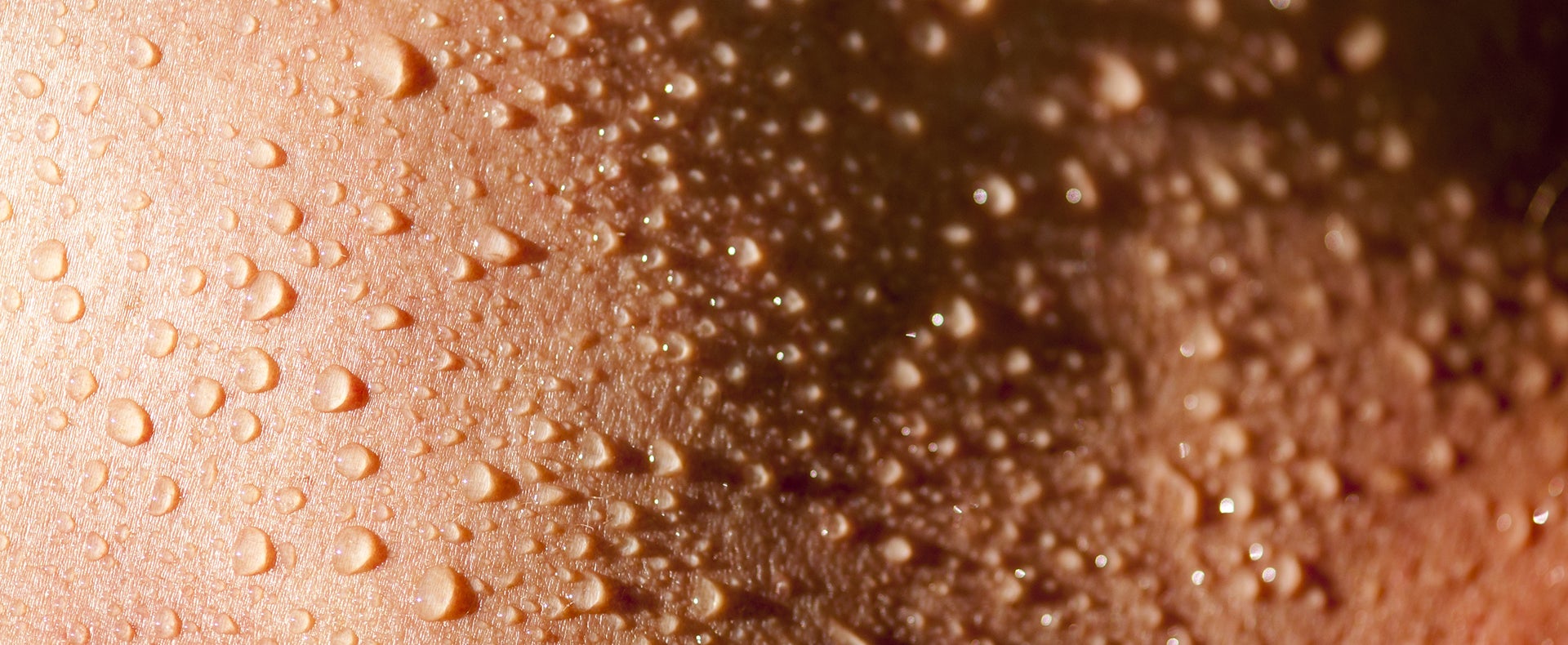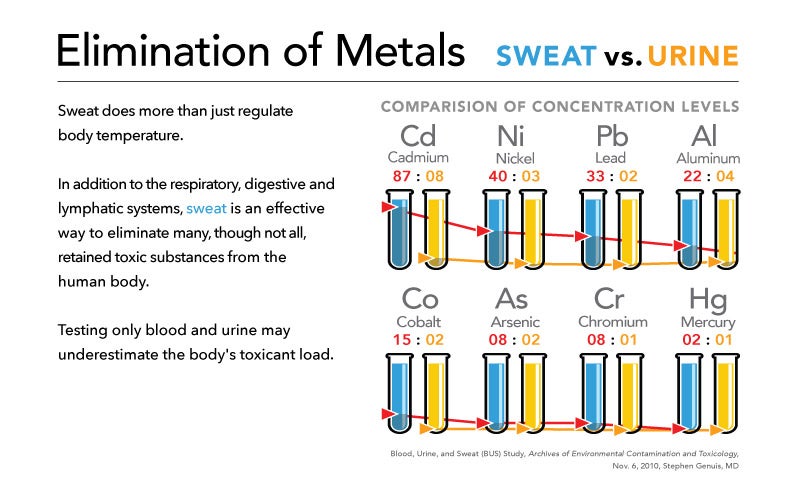In 2011, the Archives of Environmental Contamination and Toxicology published the results of a clinical study that wanted to answer this question. A Canadian gynecologist overseeing the health of pregnant mothers suffering from various exposure to a variety of environmental toxicants wanted to find solutions he could feel confident about recommending clinically to help these expectant moms get healthy. He had established various methods to help diminish the burden of toxicants before giving birth, but no one technique has proven to remove everything.2
The physician hoped to build on the limited existing evidence3, 4, 5, 6 from drug rehabilitation using sauna therapy proving sweat excreted cocaine, amphetamines, crystal meth and morphine. Frustrated by the lack of research and understanding of how toxicants are eliminated from the body, as well as a growing knowledge of the potential harmful impacts of accumulating toxic elements in his patients, he undertook a study himself.
The study on a cohort of 20 individuals was approved by the Health Research Ethics Board of the University of Alberta to provide evidence relating to the excretion of toxic elements by the human body. A primary goal was to determine if sweating through sauna therapy may facilitate the excretion of some retained toxic elements. Researchers understood sauna therapy increases thermal load to the body, initiating an autonomic nervous system thermoregulatory heat-loss response: body temperature rises, the hypothalamus detects the rise and responds by directing the heart to increase circulation to the skin. Some toxicant accumulation can impair that process.7
Giving a urine sample or having your blood drawn is common practice for testing for evidence of toxic substances in the body. The BUS Study assessed the concentration of various toxic elements (how much or how strongly they appear) in three body fluids: blood, urine, and sweat in 20 participants (nine men and 11 women ranging in age from 21 to 68).
- 10 healthy participants
- 10 participants with various health problems
- Collected samples of blood (200-ml), urine (morning), and sweat (100-ml)
- Analyzed for approximately 120 compounds in seven categories
- Toxic Elements – heavy metals & metalloids
- Plasticizers – phthalates & bisphenol A
- Solvents – benzene, xylene, etc.
- OC Pesticides – DDT, DDE, etc.
- PCBs
- PFCs – PFHxS, PFOS, PFOA, etc.
- PBDEs
To get the sweat samples, the team induced sweat in participants through infrared sauna (10 participants), steam sauna (seven participants), and exercise (three participants).




